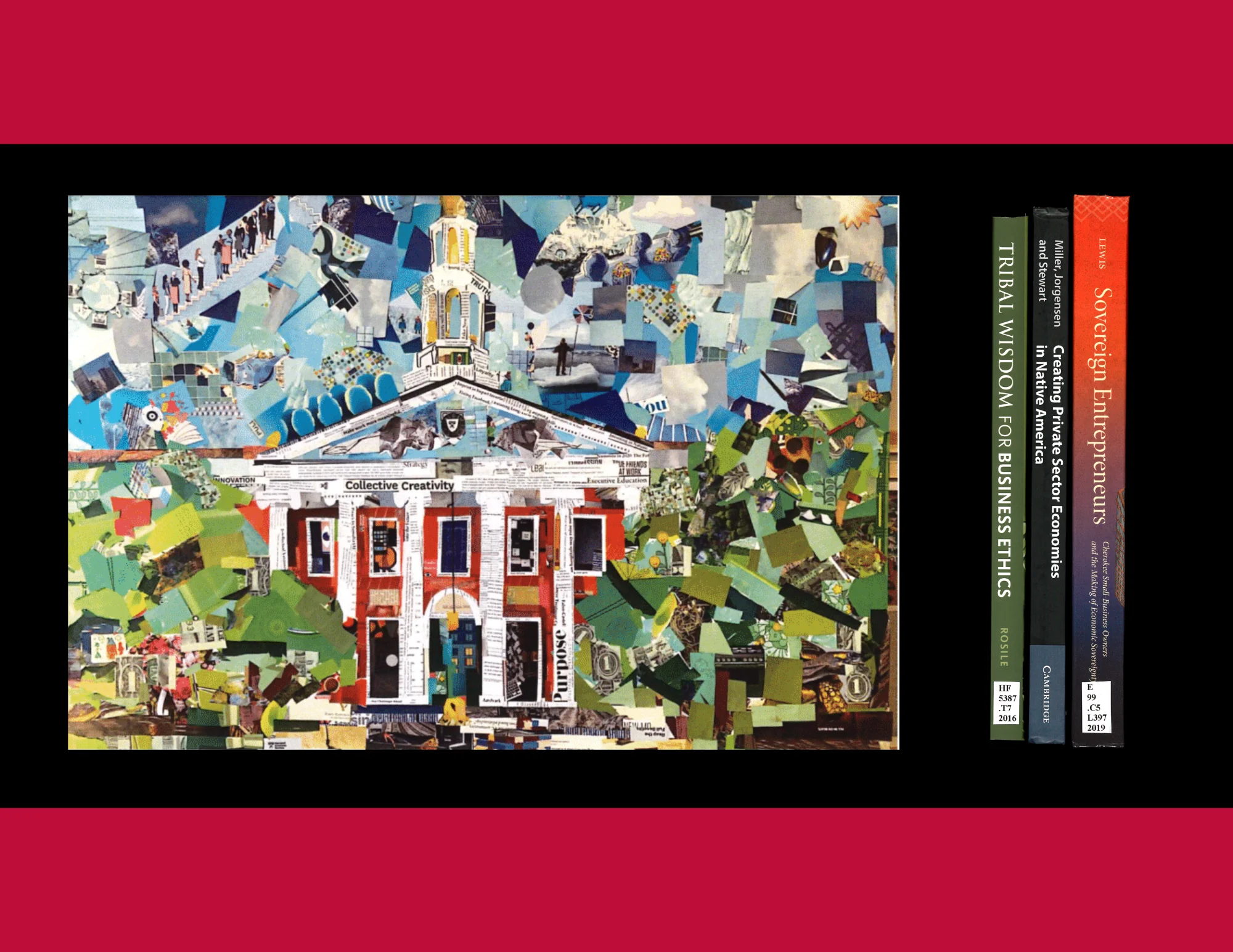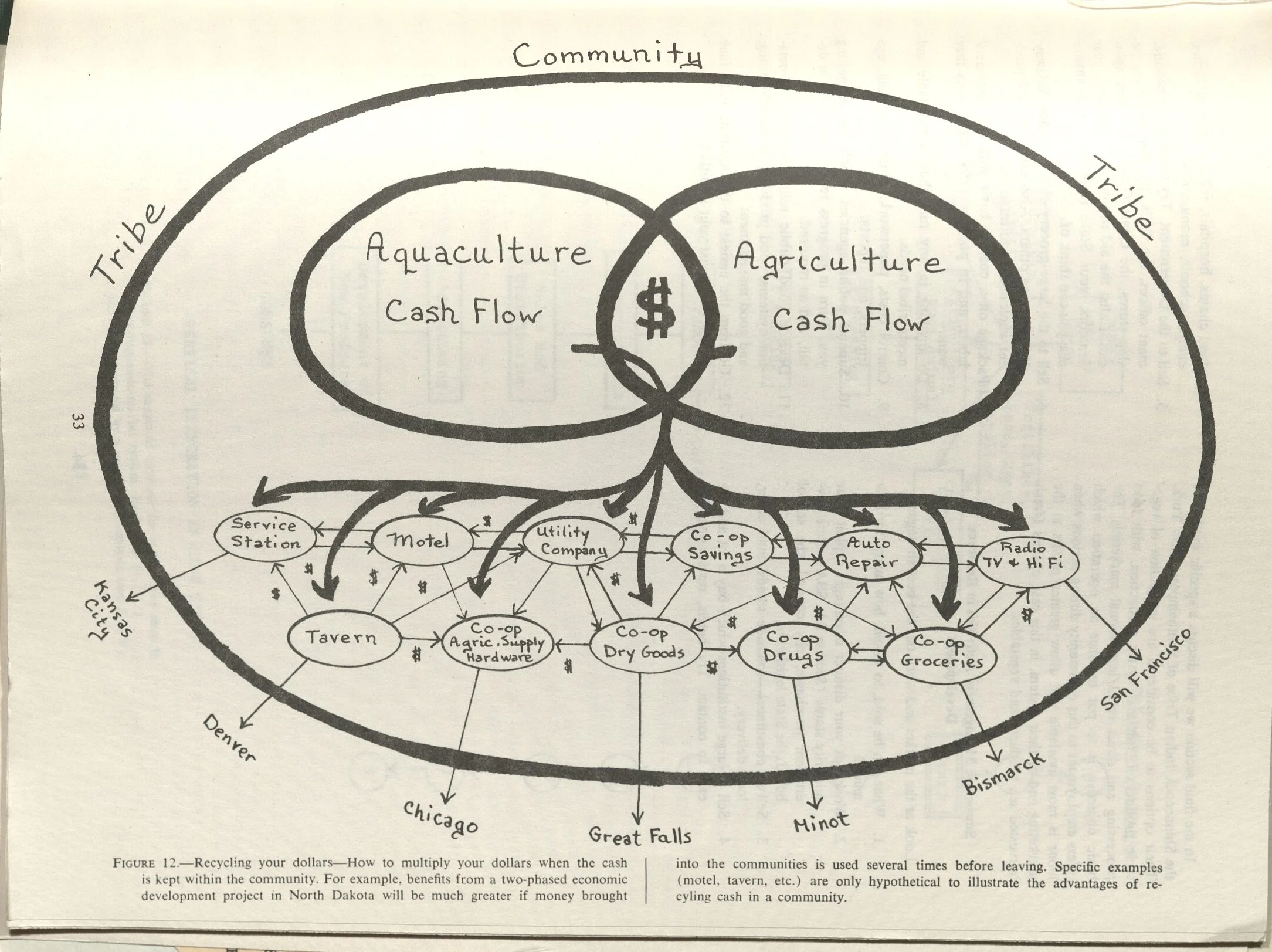Native American Heritage Month
Discover Baker Library resources with a connection to Native Americans and business.
.png)
Quick Research Resources
Dive into Tribal Business News, a digital publication delivering in-depth stories, analysis, and business intelligence on all aspects of Native business and economic development activities.
Browse the American Indigenous Studies Resources curated by Harvard Library.
View the U.S. Census Bureau's My Tribal Area data tool to view job and economic data on American Indian and Alaska Native tribal areas by state.
Use Statista's "Consumer Insights" tool to unpack consumer attitudes and behavior for American Indians and Alaskan Natives.
Research US-based startups in Crunchbase (in-library only) that are lead or founded by Indigenous individuals.
Explore non-profit organizations via GuideStar Pro that list Indigenous Peoples as populations that they serve.
Use Leadership Connect to locate business leaders with a job focus on serving Native Americans.
Contemporary Collections
Contemporary Collections aim to support the research and curriculum of the Harvard Business School today and into the future. Collection activities focus on the career and professional development needs of our MBA students and alumni, as well as on access to business content to the Harvard University community at large.

This diagram shows an integrated system for Tribal communities to consider that connects aquaculture, fisheries, and food processing, where waste and byproducts from one process serve as inputs for another. In doing so, it illustrates a circular, resource-efficient model of community economic development—one where both financial and material resources circulate locally to sustain growth and self-sufficiency: "If the community sets up its own business such as a motel, gas station, credit union, supermarket, variety store, etc., then the money initially flowing into this community from the basic community industries can be recycled as many as three or four times" (p. 32).